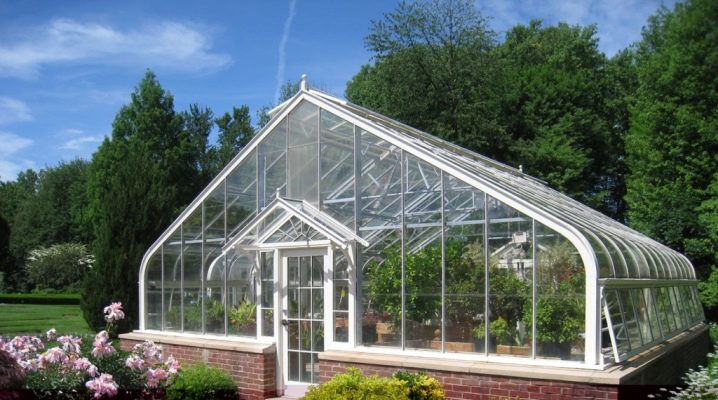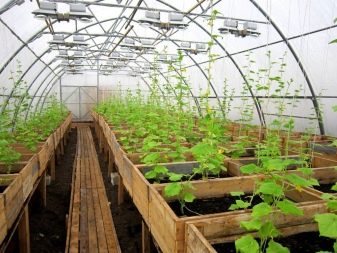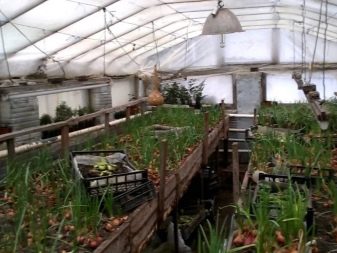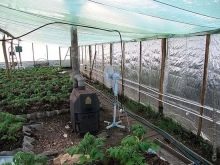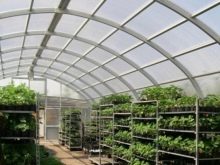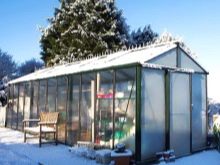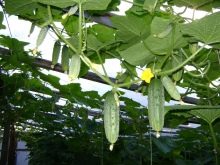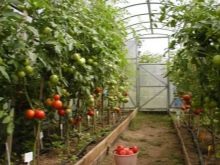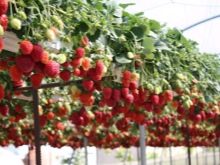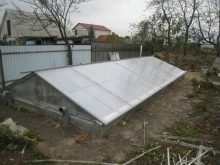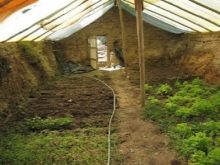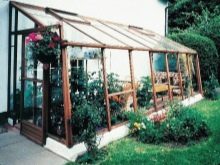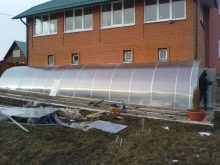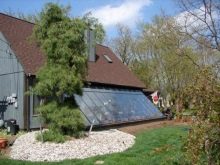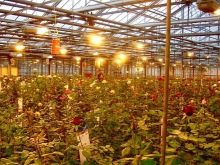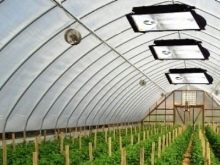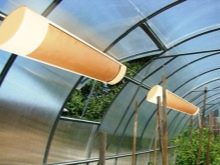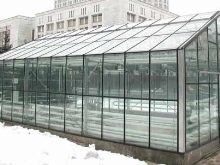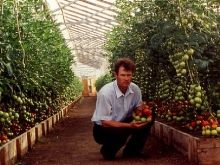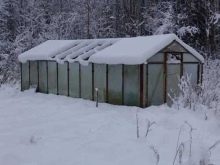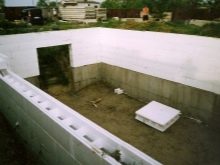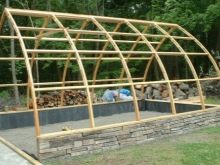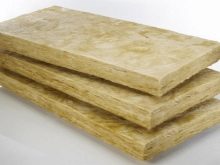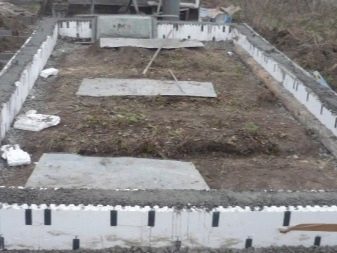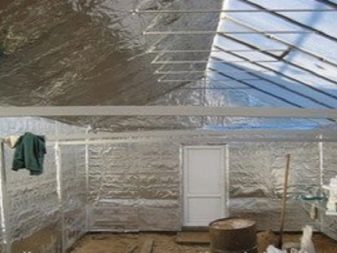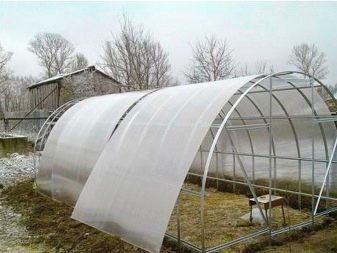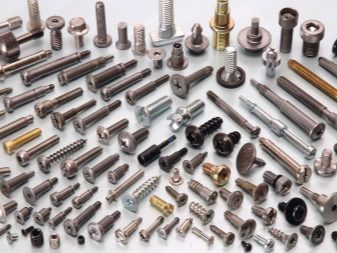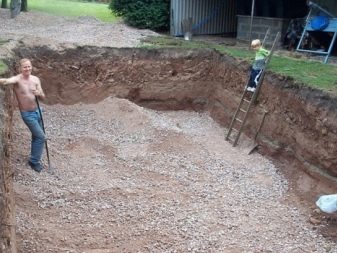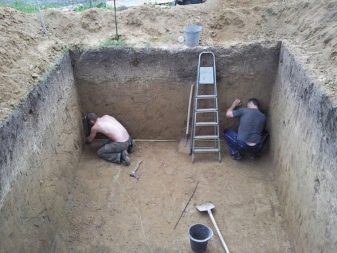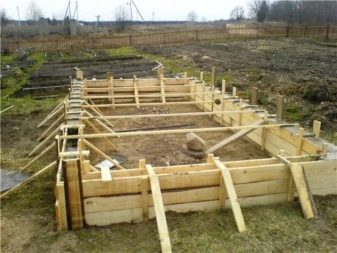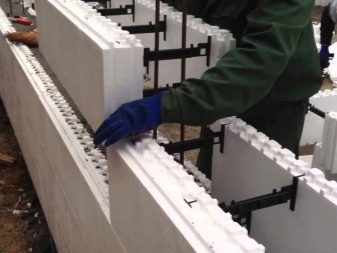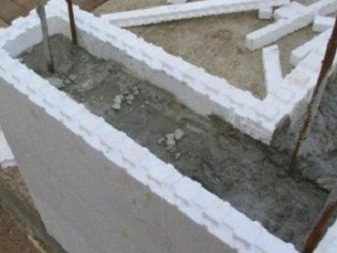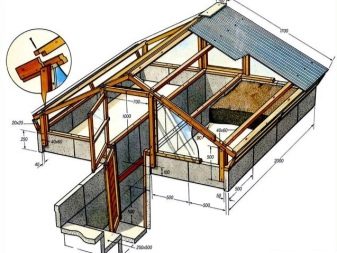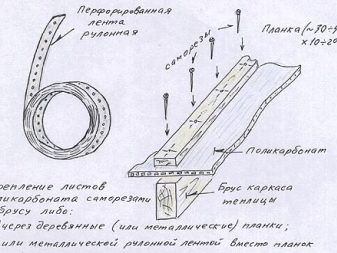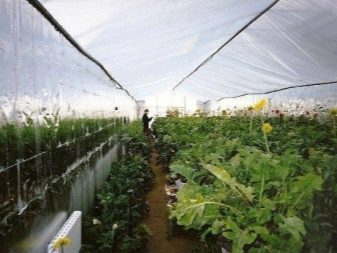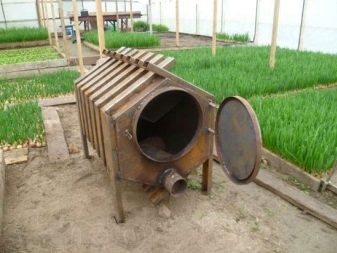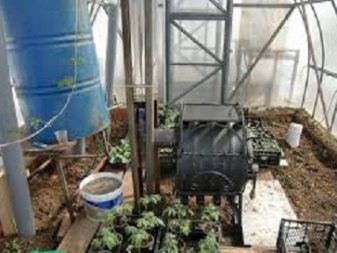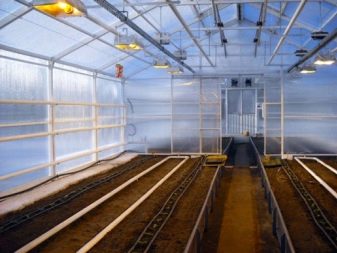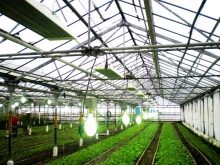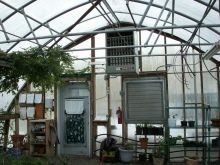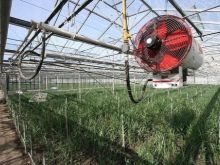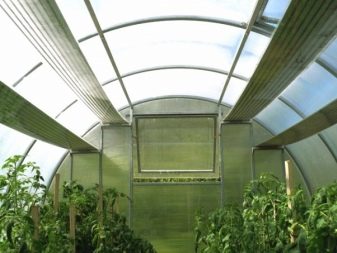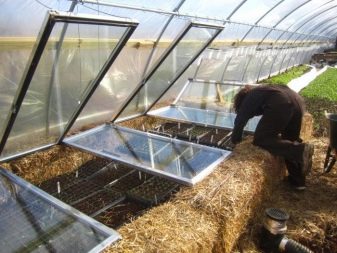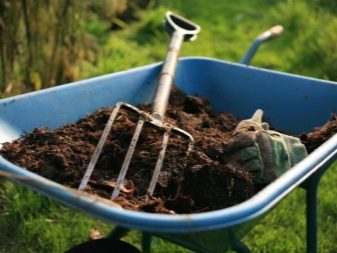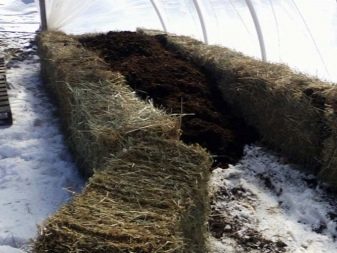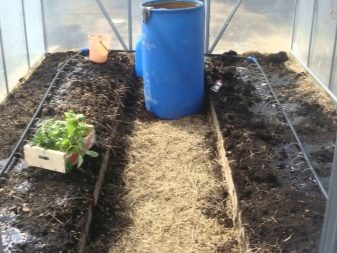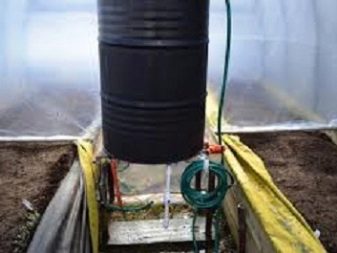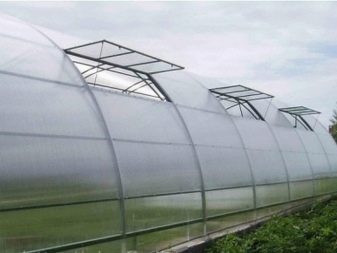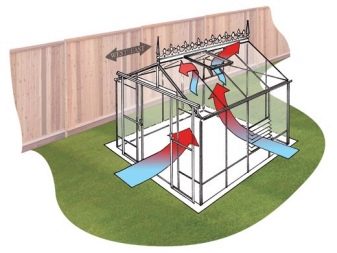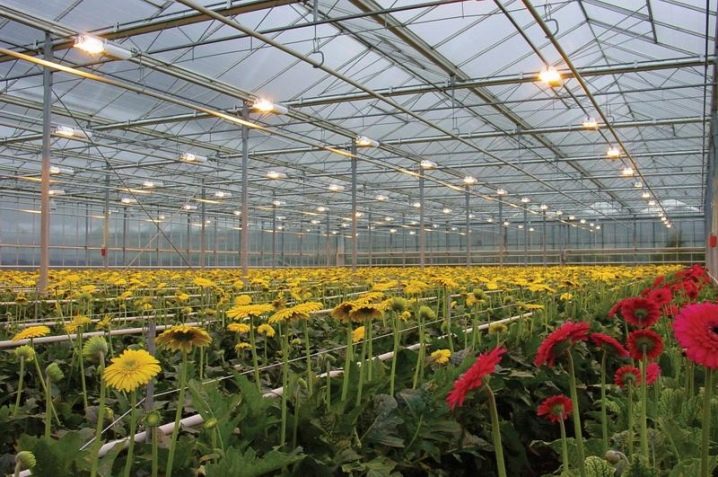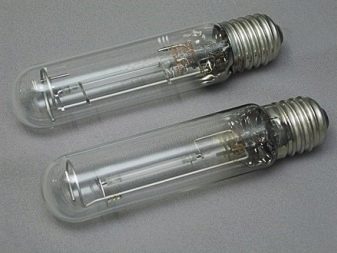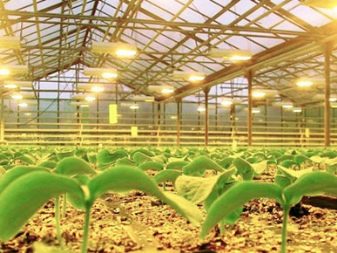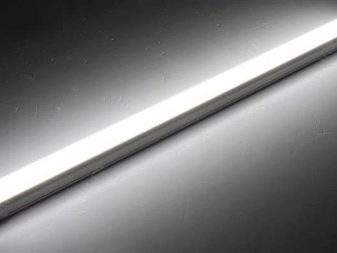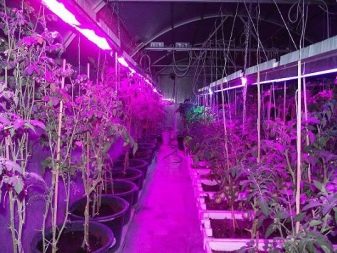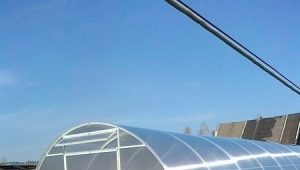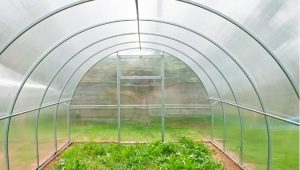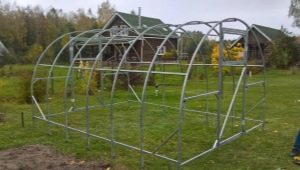Winter greenhouses: features of the device and manufacturing
Probably every gardener who has at his disposal an ordinary greenhouse would like such a construction to provide it with a crop not only in the warm season, but also in the frosty period. Fortunately, today there are many ways to realize this ambitious idea.
Special features
Naturally, the winter greenhouse will have many aspects that distinguish it from the usual. Here, alas, it will not be possible to do with one set of wooden beams and PVC film. It will take much more capital solutions.
The main differences between the winter greenhouse and the simple one.
- Foundation. The peculiarities of the foundation being built depend on the type of the greenhouse, but one thing is invariably - it will not be possible to do without a solid foundation.
- Walls. Everything is natural here - with a decrease in the operating temperature of the greenhouse, it is necessary to increase the thickness of the walls.
- Heating. To a greater or lesser extent, but the building must be heated. There is good news for those who need to economize on the resources spent on heating. There are types of greenhouses that will minimize the cost of maintaining the optimum internal temperature.
- Lighting. It's no secret that in winter the days are shorter. This means that the plants will not have enough of that small amount of light coming from the sun. Exit - an artificial replacement of the heavenly body. Fortunately, among the variety of options, you can easily choose high-quality lighting for a particular type of greenhouse.
- Frame Of course, the winter greenhouse is like a heavy warm jacket, which greatly increases the load on the supporting element. And if the top is still covered with snow, then the simple aluminum frame will have no chance at all to cope with the burden.
Purpose
Without exaggeration, we can say that you can grow any kind of culture in a year-round greenhouse. It all depends on how independent of the external conditions the construction will be. With a great desire and proper investment, it will be possible to apply pineapple to the winter table.What to say about the cultivation of habitual crops.
Well such a greenhouse will show itself in terms of commerce. Agree, it is tempting to create a greenhouse of flowers when there are still drifts around. And, for example, by March 8, collect bouquets of roses and make good money on it.
Flowers are undoubtedly beautiful plants, but for someone it is better to enjoy their magnificence when they remain in their original form, that is, uncut. If this way of thinking leaves no one indifferent, then, as mentioned earlier, there is no limit to the crops grown. Any types of vegetables, whether cucumbers or tomatoes, greens and even strawberries will be available all year round. A red berry, ripened on the same March 8, will be no less interesting acquisition for the buyer.
Types of designs
Winter greenhouse - a difficult construction for construction. And the degree of its complexity, depending on the type chosen, is significantly different. Today there are so many interesting projects that not one article can be spent on this. Let us dwell on the main types and their distinctive features.
Thermos
Probably the most efficient design that allows you to optimally use natural resources, thereby reducing the cost of the gardener to its operation.The principle of operation of such a greenhouse is as follows: the base recessed into the ground significantly reduces heat leakage, while the loss of light is so minimal that it can be neglected. And the correct installation of the reflective panels will be able to completely beat the design feature, receiving even more light than the usual greenhouse.
This type of structure is also great for setting up its work offline.
If somewhere you managed to see the growing lemons in the greenhouse, then, probably, they were located in such an underground greenhouse. And here everything is natural, because it is this design that will make it easier to recreate the conditions familiar to this subtropical fruit. And despite the fact that Anatoly Patiy patented the greenhouse project relatively recently, one cannot say that this is completely his development. After all, there is information about the rather active use of such a construction already in the XVIII century. Then the technology of construction was, of course, easier, but the opportunity to grow coffee, lemons and pineapples, the greenhouse still gave.
Attached to the house
Another profitable project in many aspects.First of all, these are lower construction costs, since materials for building at least one wall will not be needed. Secondly, the wall, which was replaced by the whole house, will become a powerful heat-insulating element, which will reduce heating costs.
And thirdly, not only the greenhouse becomes heated by the house, but also the house of the greenhouse, which again reduces heating costs. Also, such an extension will be part of the dwelling, which will serve as a nice addition on particularly cold days, when you can get inside the greenhouse directly from a warm room.
Arched
A good option for regions with strong winds, as the arcuate shape has good aerodynamics. In addition, it is worth noting a number of nice features. Condensate that forms at the top will not fall directly on the plants, but will simply flow down the wall. This small advantage will be of great service during the operation of powerful lamps, which will cause many small burns on the foliage if there is water on it.
Speaking of lamps, it is impossible not to notice that in such a greenhouse they are quite convenient to mount.
With a gable roof
Finally, the classic shape of the greenhouse.It has significant advantages proven over the years. The first thing you can pay attention to is used space. It is used more rationally compared to the same arched greenhouse, in which it is difficult to plant tall plants along the walls. The second advantage, especially important in the construction of a winter structure - the snow does not stay on the roof. This, as it is already easy to guess, significantly reduces the risks of sagging or breakage of covering material. Also, additional strength is provided due to the structural features of the frame, which makes it more reliable. Well, the simplicity of construction, which draws attention to the design of those people who intend to build a greenhouse on their own.
Manufacturing materials
The amount of materials used for it depends on the type of construction.
In order not to be sprayed on all sorts of options, consider a sample list of things that will be needed for the construction of a homemade greenhouse thermos.
- Instead of a brick base, as in above-ground greenhouses, experienced gardeners and builders advise the use of thermoblocks.They keep heat much better than bricks, and they are also quite easy to handle.
- To create a roofing frame will need wooden slats or metal profile. It is worth noting that working with wood will be generally less time consuming. And when choosing a metal profile, you will still need the skills of the welder or the master himself. But with the proper protection of the metal from oxidative processes, it will be a more reliable choice and will be able to last longer.
- Mineral wool or polystyrene foam (also known as polystyrene foam) is used as insulation. Both materials have approximately the same thermal conductivity, but there are many differences in installation, durability, environmental friendliness and other aspects, based on which it is only for you to decide which material is better.
- Of course, in such a design can not do without the foundation. Its manufacture includes a number of the usual components: cement, sand, crushed stone, rebar. Well suited for this design strip foundation.
- To win in the amount of light received by plants and to create additional thermal insulation, a dense reflective film is installed on the walls.
- For the manufacture of the roof is perfect double polycarbonate or plain, but in two layers. Glass is also used as an analogue, but its heat-insulating properties will be lower.
- And without which no construction will do - fixing materials. In our case, these are self-tapping screws, washers, nails and other products that allow to connect the structural elements.
The subtleties of mounting do it yourself
Before we speak directly about the installation, it is worth saying a few words about the choice of a place for future construction. As with any greenhouse, it should be open without shading. For uniform distribution of sunlight, have a structure from east to west. And if on the site groundwater is close to the surface, then to prevent problems, it is better to choose the highest place.
The first phase of construction is to dig a pit. For a small greenhouse (10-15 sq. M.), All the work can be done manually, but for more ambitious plans, it is worth considering the use of technology. Maybe 20 square meters. m at first does not seem like a large area, but the problem is in the depth of the pit. It should be no less than the level of soil freezing, which on average is about 1.5 m for the southern regions and 2 m for the northern ones.
Also at this stage it is necessary to have an idea about the future communications, how the heating system will go through, whether you need a sewage system, etc.
Next is the manufacture of wooden formwork, which is placed a layer of roofing material. It will protect the future foundation and the greenhouse itself from the effects of destructive moisture. A 10 cm layer of sand pillow is poured on top. This is a mixture of rubble and sand 1: 1. A metal frame is installed on the cushion itself, which includes at least 4-6 rods.
Then a mortar of sand, gravel and cement is prepared in the ratio of 5: 3: 1. They poured formwork with frame. At this stage ends. It’s better to start the next one not before the expiration of the 30-day period. Such a measure allows the foundation to dry out and become stronger.
At the next stage, the first thing to do is clean the formwork, after which you can build walls. If your choice fell on the thermoblock, then the principle of its installation is the same as that of a brick. Only you need to ensure that the voids inside the block overlap each other. As a result, the walls should turn out to be 50 cm higher than the ground level.
Upon completion, the cement is poured into the thermal block blocks and the armature is inserted at the rate of 2 pieces per block.A better solution will be to produce a phased fill to a height of no more than three blocks at a time.
At the same time it is necessary to fix the reinforcement segments alternately for each layer. But how to manage your work and time resources is up to you.
When building a roof, consider an option that most people can overpower. Namely, the construction of the frame of wood. Focusing on the drawings in the picture, you need to prepare wooden bars. And before you start working with them, they must be covered with a protective agent. Prepared elements are interconnected by means of jumpers, and when the frame is ready, you can paint it.
Polycarbonate is attached to the wooden frame with washers and screws on wood. Of the features of the installation, it is worth noting that the screw is not directly screwed into the polycarbonate sheet, but through a wooden plank, as shown in the figure. After that, it is checked whether there are any cracks in the structure. If there is one, the problem is eliminated by mounting foam. All joints are glued transparent material, in extreme cases, it can be done with tape.
In terms of the size of the greenhouse, everything is limited only by the available land, financial resources and the very purpose of construction. It is clear that for personal use there is no need to build a structure of 200 square meters. m. But continuing to consider the features of the greenhouse-thermos should be said that the standards for proper energy efficiency, it should not exceed 5 m in width, and the length is no longer any restrictions. Also, for a better light penetration, one wall is raised above the other, but this is not a prerequisite for the design.
Ventilation and heating
We have come to the fundamental element, without which the winter greenhouse will not be able to function - the heating system. And today, every gardener is able to choose the optimal method of heating based on their capabilities.
Oven
A great option for small greenhouses with an average area of 20 square meters. The obvious advantage is that it is easy to install and use. But if we take into account the furnace of the classical type, then there is a tangible difficulty. During the entire cold period, it will be necessary to be without a break in the vicinity of the greenhouse so that the burning will continue uninterruptedly.Partially solves this problem installation of long-burning furnace.
Its basic principle is that the fuel probably does not burn, but smolders due to the reduced supply of oxygen to the combustion chamber.
Water
More difficult option. The design feature allows a wider scope of application. The system is a water heating element (boiler) with a pipe line connected to it. For large areas, a pump is also connected here, which will ensure even distribution of water. In small greenhouses, you can save on this, as the water manages to fully circulate only due to the difference in water temperature. Such a system is not cheap, but if you value autonomy, then this is a good option to consider.
Electric
There are several options for what kind of heating it will be, but considering the classical (heat fan and analogs), it’s right to say that this method will not be budget-friendly in operation. But in the ease of installation it has no equal. If the greenhouse is well insulated from the external environment and it requires operational heating, then you can safely choose a technique such as a fan heater, a heat gun or an electric convector.Indeed, it is enough to stretch the extension cord and plug the heater into the socket so that the greenhouse heats up in a short period of time.
But on this, perhaps, the benefits end. From the characteristic drawbacks, it is necessary to take into account that in order to install a heater, it is necessary to allocate a place to it without the plants in the immediate vicinity.
Especially it concerns powerful installations, for example, the heat gun. Another disadvantage is the uneven distribution of heat. It will not be easy to provide all plants in the greenhouse with the same temperature conditions. And finally, high electricity costs will not allow using this option with convenience as a permanent source of heat for the long term. Of course, on condition that you care about the size of your electricity bill.
Infrared
This method brings to another level the idea of electric heating. Those cons, which were described above with the use of classical installations, do not concern the infrared heater. He, unlike them, is significantly more economical in operation and is able to better distribute heat.
Passive
And finally, consider the two most interesting, though not so common, self-heating options for a greenhouse.
The first of these is heating based on residues of various organic materials. Its essence lies in the fact that substances in their natural decay produce heat. Our goal is to put this energy in the right direction. Here you can act in different ways. For example, to lay prepared organic matter directly in the beds under the soil layer. One of the best materials for this is horse manure, able to warm up to 38 ° C and keep this temperature for 3 months.
In addition to the direct introduction of organic matter, there is an option to lay it under the greenhouse. To do this, dig a hole where the material is placed, after which the hole closes. Warm air, rising, will warm the floor, and with it the structure itself.
And after the organic has developed all the heat, it's time to use it as a fertilizer.
The second, perhaps the most interesting way, which many have hardly heard, is based on the "conservation" of the sun. It is much more complicated than the option in which a barrel filled with water in a greenhouse will heat up during the day and give off heat at night. But they definitely have similarities.
Perhaps the performance of such a venture will seem doubtful, but farmers from Canada are able to destroy this skepticism, because they do have a solar greenhouse that works in the winter. And this is not Greece, with its relatively slight temperature variations in the seasons. In the area where the greenhouse operates, frost in winter is on average 20-25 ° C, when the temperature in the structure itself remains above 0 ° C.
For the so-called preservation of the sun uses a large pipe, passing under the ceiling throughout the length of the greenhouse. When the summer air heats up, a fan starts, which pushes the warm air through the pipes into the ground. With the arrival of cold weather, warm air is released from the ground, acting as a preheater for the entire greenhouse. So it looks like, if you describe it very briefly. Of course, this method requires careful technological preparation of the structure itself, where it is planned to grow plants. And if it does not allow to completely get rid of the active heating system, then at least it will repeatedly reduce costs, which will quickly pay off.
An important condition for the quality work of the winter, and any other greenhouse, is a constant air exchange. In small constructions it is enough to organize the presence of several hermetically closed openings and to carry out the ventilation manually or with the help of automatic pistons.
For large greenhouses (more than 30 sq. M.) An active ventilation system is installed. This is done in such a way that the supply fan is at the bottom, and the exhaust fan is at the top at the other end of the greenhouse. In this way, fresh air entering the interior passes through all levels of the structure and, after having worked, is removed. It should be noted that some active ventilation systems are equipped with software, thanks to which it is possible to automate the process of air exchange.
Lighting
Another integral component of the winter greenhouse is additional lighting. As already mentioned, for full-fledged plant growth, light day is needed for more than 12 hours, which becomes impossible in winter conditions. And hence the need to purchase lighting equipment. Consider the most current options.
Fluorescent lamps
For a good harvest is not a good option, but for growing seedlings, perhaps, the best.These bulbs are inexpensive, easy to install, serve for a long time and consume little electricity.
But their relatively weak luminous flux will not be able to ensure the full growth of the growing plant.
High Pressure Discharge Lamps
Having made a choice in favor of this type of lighting, you will not regret it. Lamps have high luminous efficiency, while their burning is accompanied by abundant heat generation. On a room that needs heating, this will obviously have a positive effect.
Only here you need to take into account that for each stage of plant development you need your own light spectrum. So, for the growing season is ideal metal halide lamp (MGL), which emits light in the desired blue spectrum. And for flowering and fruit development - sodium (DNAT). A negative feature of these lamps is a more complicated assembly due to the need for additional equipment and short duration of use.
LED lights
Relatively recently appeared on the market, they increasingly deserve respect among gardeners. Such a lamp is able to provide the plants with the required luminous flux and the required spectrum for each stage of development. You can even call it the best option for the greenhouse.Speaking about the negative sides, it is necessary to note the decent cost of such a source of light.
But given the fact that the LED has a long service life and a low degree of electricity consumption, you can quickly recoup the money invested.
Usage tips
Construction of a winter greenhouse is a large-scale project, very different from its spring counterpart.
It is necessary to take into account a few tips that will help cope with the construction.
- Calculate your financial capabilities from the very beginning so that the winter greenhouse does not turn into long-term construction.
- A good solution would be to equip a small vestibule before entering the greenhouse. This will give an additional air gap for thermal insulation and will not allow cold air to get inside with you.
- It will be useful to install not only a thermometer, but also a hygrometer, in order to monitor the efficiency of the ventilation system and prevent the development of mold.
- The presence of a large number of technical devices in the greenhouse requires daily monitoring of all systems, which will help identify and eliminate at the early stage possible damage.
Overview of the winter greenhouse - in the next video.
